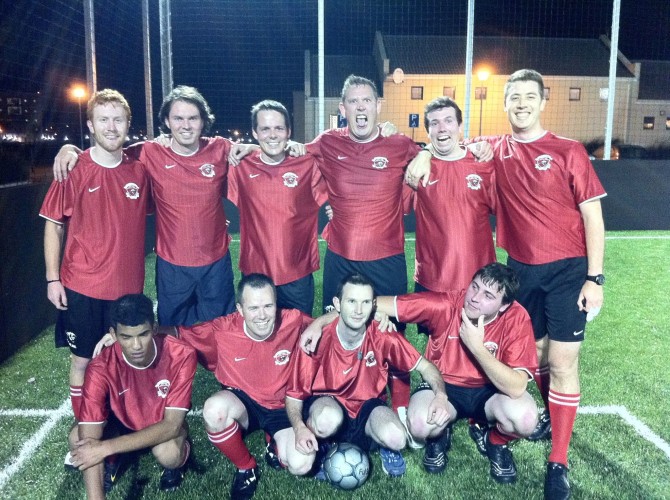It seems to be a common truism that there is “no I in team”, yet the more and more we enter the “talent war” the more we repeat the same form of recruiting methods, adding more I ‘s and as a result, breaking existing teams rather than building teams.
Nowadays most interviews are conducted before a group or panel to eliminate any form of personal or political bias. There are typically multiple rounds of interviews to ensure a more rounded impression of the candidate (an attempt to ascertain this knowledge through an enforcement of the law of averages) and to a lesser degree minimise the accountability or a bad hire. I know of companies that have between 7 and 14 rounds of interviews!
More recently a form of technical competency is included in the process to try see through the fluff. But on more than one occasion I have seen (and advocated myself) the employment of someone who exudes the right attitude over down-right skill or experience. This is because of a deep desire to see the underdog win, and an assumption that attitude will manifest in a raw hunger to learn the required skills.
This I guess this is an improvement on the whole to the once favoured job offer to a fellow socialite, sportsman or graduate over a casual beer. Or is it? One of the single greatest challenges with recruiting is to try understand who the person is behind the “work-mask”? How much is the person dialling-up the things you want to hear just to get the job? How much do they really buy-in to the purpose of your team or organisation? How will their presence and contribution not simply add, but enhance the team as a whole? These are the true questions that need to be answered when building teams.
One of these answers can be found partially in the use of good profiling tools such as Thomas International ‘s PPA, Clifton’s Strengths Finder or the like. But ultimately the only way to really get a true view is to engage in a trial project. Not a fictitious project, rather a project that will stretch the applicant and the team who is working alongside them. This gives the candidate a real view into what is required, what is accepted and what the expectations are on the ground.

Leave a Reply